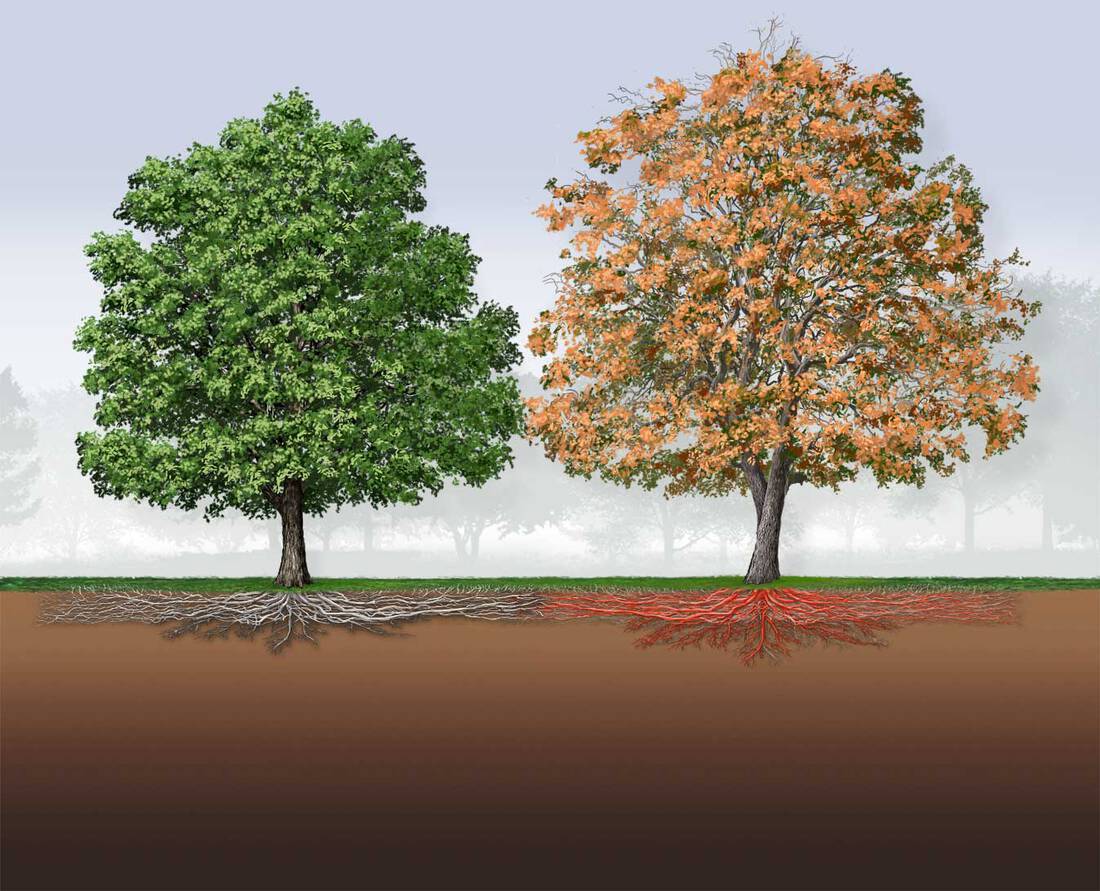The State of Texas Helps Landowners Protect the Oak
More and more, landowners, land managers, ranchers – not to mention, all who work in the reforestation and environmental protection industries – have been dealing with issues that range from killer beetles to the drying up of ponds to the adjustment of crops with the increase and/or decrease of animal populations. Within this constant battle to revive, re-establish and maintain lands, there’s yet another natural killer that just happens to be wrapped around the Oak tree.

Discovered in twenty-one states, Oak Wilt has continued to cause disease across the U.S. since 1944. Brought about by a specific fungus, this disease destroys thousands of trees each year.
Education for landowners is as important as it is for the medical profession. The importance is raised up a notch when the fact is that no species of oak is immune to the vascular disease of oak wilt. Infections have been discovered in sixteen native oak species in the state of Texas, with over thirty-five – both native and exotic oaks – being susceptible to the disease.
Oak wilt is a grave problem for landowners in Central Texas, being the most destructive disease affecting live oaks and red oaks in the area. The fungus can spread from tree-to-tree through interconnected root systems after the core of the oak wilt fungus is established. New infection cores can begin when yet another villain – the beetle – carries the oak wilt fungal spores from infected red oaks to healthy oaks that have ‘open’ areas caused by wind, hail, inappropriate pruning, as well as construction. These open/damaged areas are easily infected by the fungus, and the oak wilt increases dramatically.
Spring is the season most frightening for the appearance and expansion of oak wilt on the property because of pruning. Therefore, landowners and managers must be aware of the steps to take in reducing the risk of oak wilt spread. Remember to always paint over the fresh wounds on oaks with wound dressing or latex paint immediately after pruning and any live tree removal during the year. Remember that pruning tools must always be cleaned with a bleach solution or Lysol between sites. And, if possible, completely avoid pruning during the spring. Yes, there are times that pruning is necessary; to accommodate public safety concerns, to repair damage caused by Texas storms, and other issues, but if pruning can be avoided, it should be in order to better protect the oak.
In the great state of Texas, there is always a consultant to be found to gain more information and better understand the issues that stem from oak wilt. There are Texas Oak Wilt Certified arborists, as well as oak wilt specialists from the Texas A&M Forest Service or Texas A&M AgriLife Extension Service to aid a landowner in keeping their property – and the mighty oak – healthy.